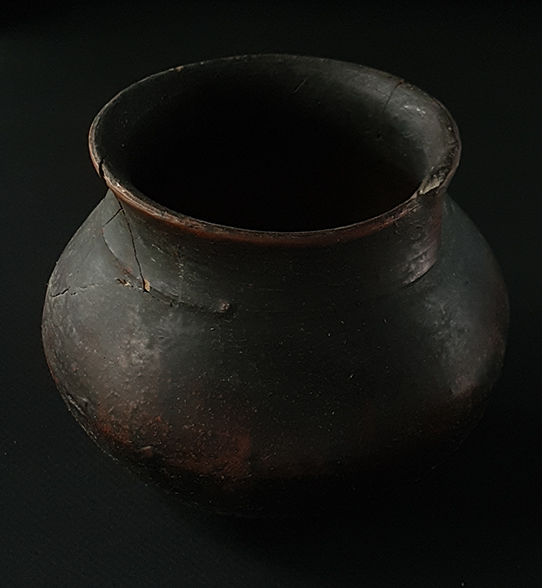The beauty of art is that you decide. You decide what to look at, what books to read, what good poetry is. What music to listen to and which films are worth your time. You decide what Art is, that is what makes you YOU.
These lessons are designed for beginning high school students, but the key question is, are they interested?
As a professional photographer with over 50 years of experience, I can confidently say that I know a lot about photography. Throughout my life, I have observed a significant lack of education in the concept of 'seeing,' which is an essential aspect of photography.
Defining Art (with a capital 'A') can be tricky, as it is a complex and subjective topic. Similar to distinguishing a book from a BOOK or Poetry, it's a matter of personal interpretation. For me, Art is a deeply personal experience. It's unique to each individual, and that's the beauty of it - you get to decide what it means and how important it is in your life.
Here are some examples of what I consider Art (and what I do not):
In one of my exhibitions about Banaras, I incorporated various items from the city to enhance the photographs' atmosphere. One such item was a stove used by a peanut-seller - a simple, blackened pot with a small crack. Its unpretentious appearance, combined with the patina of time, captured the essence of Banaras for me.
Please think of similar items that hold meaning for you.
slide: #25-01a
Another piece that I cherish is a little booklet about artisan pottery from India. Though it may have cost only a few rupees and the modest paper quality, it is expertly printed and the content, curated by a museum, is genuinely intriguing.
Look through your own bookshelf for books you'd want to pass down to your children.
slide: #25-01b
On a personal note, I find great value in a drawing made by my daughter; - I wouldn't trade it for a Picasso (really!).
Speaking of Picasso, his work may be an acquired taste for some. He produced thousands of drawings, even on beer coasters, and achieved tremendous success. I personally prefer his early works. What are your thoughts?
Some experts suggest that he had an eye deficiency; do you believe that influenced his later works?
slide: #25-01c
Lastly, I'd like to share a photograph of a small bone sculpture made by an Eskimo, crafted long ago. I can't help but imagine how awe-inspiring it would be to hold it in my hand and feel a connection with its culture and creator. The sculptor may not have intended it as art, yet the result is undeniably beautiful.
slide: #25-01dIt's fascinating to consider how different artists' unique conditions and circumstances shaped their creations. Van Gogh's paintings, like many other great artworks, no longer appear as they were originally intended. Fading paint has altered the colors, sometimes to the point of seeming unpleasant.
In conclusion, Art is an endless journey of self-discovery and appreciation. Embrace its subjectivity, find what resonates with you, and cherish the personal significance it brings to your life....
Link: Beauty Is in the Eye of the Beholder—but Memorability May Be Universal
When humans and a neural network viewed pieces of art, they all found the same images memorable. What those images have in common offers a glimpse into what fascinates the brain.
www.wired.com




